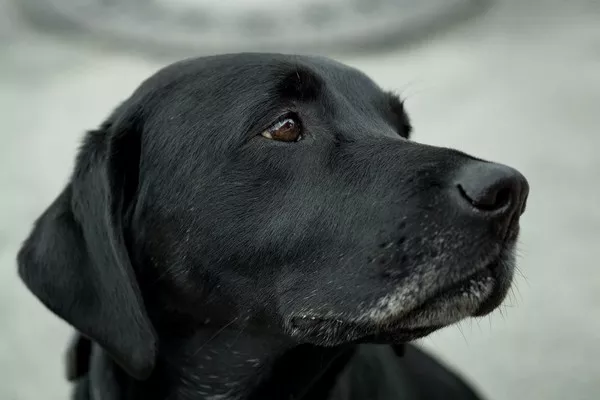In a simulated search for survivors amid rubble, Hazel, a canine resident of the Philippines, accompanied by her owner, engages in a rigorous training program aimed at equipping pet dogs and their handlers with the skills necessary for search and rescue operations following major disasters, such as earthquakes, in the capital city of Manila.
Conducted every Sunday, this program sees approximately 46 dogs, encompassing both mongrels and purebreds, undergo intensive training under the guidance of volunteer instructors at a suburban Manila facility. Here, the canines are instructed in various tasks, including locating individuals, navigating obstacles such as ladders and wooden structures, and maneuvering through debris.
While the Philippines already maintains a cadre of search and rescue dogs for deployment during emergencies, concerns linger regarding the adequacy of their numbers, particularly in the event of a significant earthquake impacting the densely populated metropolis of Manila.
Among the participants is Hazel, a former street dog who found a new home with her owner, Nathalia Chua. Despite lacking a prestigious pedigree, Hazel exhibits remarkable enthusiasm as she diligently follows commands to scour through rubble and makeshift shelters during training sessions.
Chua, expressing her motivations, underscores the importance of preparedness, especially in anticipation of seismic events like the anticipated “big one” that experts warn could devastate Manila. Situated atop the West Valley Fault and adjacent to the Manila Trench, the city faces heightened seismic risks, with potential consequences including widespread casualties.
The MMDA K-9 Corps, a volunteer organization, has trained approximately 700 dogs since initiating the program in 2016, with ambitions to expand its reach to encompass at least 3,400 canine participants across the city. Trainer Katrina Florece stresses the imperative of readiness, particularly in the face of anticipated seismic upheavals.
Hazel’s transformation from a malnourished and apprehensive stray to a poised and confident search and rescue dog underscores the program’s transformative impact. Beyond the practical skills acquired, participants like Chua emphasize the value of the bond forged between handler and canine.
With a prerequisite of 12 training sessions before deployment in actual disaster scenarios, owners like American chef Jon Hrinyak and his German Shepherd, Oly, remain committed to the program in the hope of making a tangible difference in life-saving endeavors. As Hrinyak articulates, the prospect of aiding even a single individual justifies the dedication invested in this noble pursuit of readiness and rescue.






















